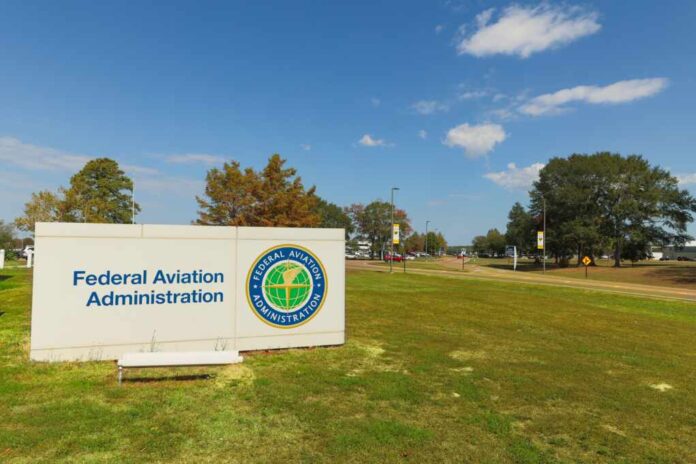
The heavens above are becoming increasingly cluttered, and the Federal Aviation Administration (FAA) is expressing concerns about the potential dangers posed by space debris. In a recently released report, the FAA has voiced apprehensions that by the year 2035, there could be deadly consequences due to falling satellites.
As space fills with junk, satellites could fall and start injuring or killing unsuspecting humans on Earth, FAA claims in alarming report. https://t.co/mGOPDeM1Ur
— CJ4America2 (@GrammyC4Zone2) October 19, 2023
This alarming prediction has been driven by the surge in rocket launches, particularly on Florida’s Space Coast, as experts emphasize the vital importance of enhanced tracking measures to avert any tragic accidents.
Dr. Madhur Tiwari, an assistant professor of aerospace engineering at Florida Tech, raised a red flag regarding the vast number of untracked objects in space, numbering in the millions if not billions or trillions. To tackle this issue, Dr. Tiwari and his team have been granted resources to explore a potential solution involving artificial intelligence.
Their approach involves the creation of 3D models of debris fields through machine learning and computer vision, all autonomously executed on spacecraft, eliminating the need for human intervention.
Beyond the potential threat to human lives, the FAA is equally concerned about the exponential growth of non-geostationary satellites, particularly those in low earth orbit (LEO), which poses an elevated risk to both people on Earth and aviation due to reentering debris.
According to the FAA’s projections, around 28,000 satellite fragments may survive re-entry by 2035, implying that one person on Earth could face injury or fatality every two years.
Dr. Tiwari highlighted that the challenge with space debris is not merely its abundance but also the velocity at which these objects traverse space.
Furthermore, another concerning aspect is the accumulation of defunct satellites in space. Mark Marquette, who serves as the community liaison with the American Space Museum in Titusville, Florida, and is also a local astronomer, noted the growing congestion in orbit.
He emphasized the pressing need for improved monitoring and management of space debris, as well as the risks associated with aging satellites and unused fuel. SpaceX has been actively pursuing its ambitious mission to conduct 144 launches next year, with a significant focus on deploying Starlink satellites.
The FAA’s concerns underscore the necessity for a coordinated effort to address the burgeoning challenge of space rubble. With satellites becoming increasingly integral to our modern world, it’s vital to ensure that the skies above and the ground below remain safe.





























